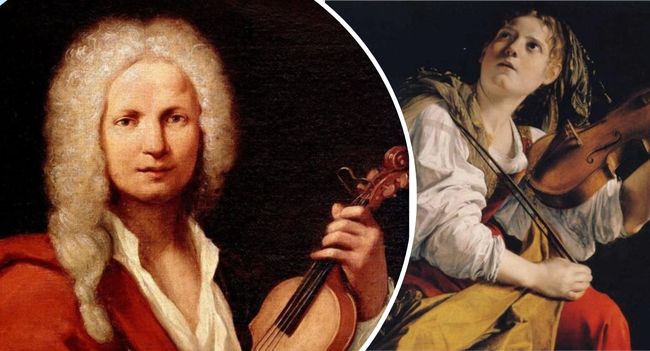An orphanage with composer Antonio Vivaldi as music director trained an excellent student.
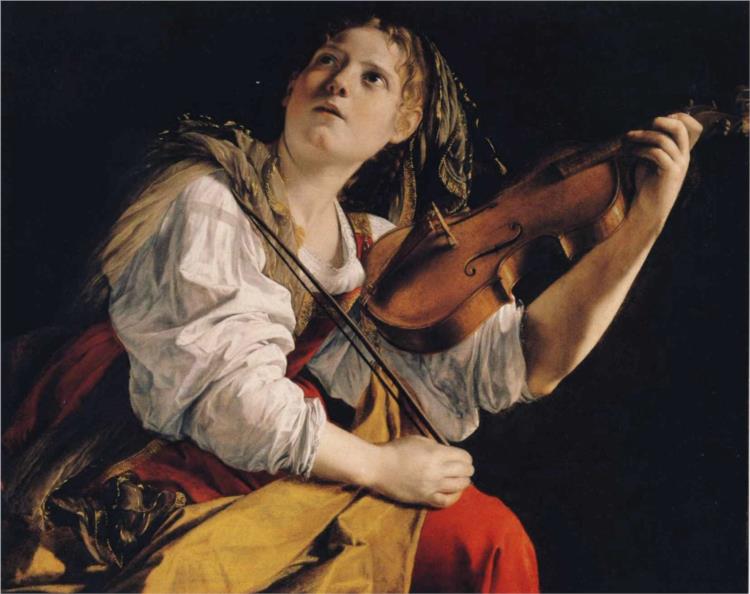
Childhood is not always a time associated with fun and laughter. In past centuries, the outlook was bleak for illegitimate children. Abandoned boys and girls must fend for themselves on the streets, surviving by forming gangs. Even when orphanages were expanded in the 18th century, living conditions remained poor and death rates were high. (Philosopher Jean-Jacques Rousseau, famous for his idealistic educational theories, sent five of his children to such places where they died.)
However, for orphaned girls in Venice at that time, there was a small chance that an illegitimate child could become an international star. Ospedale della Pietà Orphanage, one of four orphanages sponsored by the Republic of Venice, is famous throughout Europe for both its volunteer activities and for training the best and brightest girls to become vocal artists. and master musician. Today, the Pietà orphanage is remembered primarily for their resident musical director, composer Antonio Vivaldi. However, there is at least one other name associated with this organization that deserves to be remembered: his student Anna Maria.
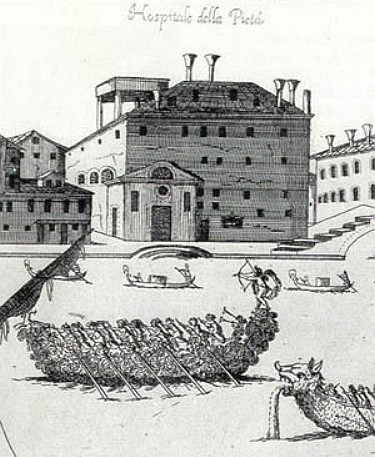
Talented orphans
Anna Maria, like all the girls at the orphanage, was brought in anonymously through a small swinging window as a newborn. At the time Vivaldi was music director, she was one of thousands of orphaned children in the Pietà. The girls were soon examined and placed into two groups. Children without musical skills, the “figlie di comun,” or conventional group, received a general education. But for the 50 lucky girls placed in the elite “figlie di coro,” the path to fame is welcoming.
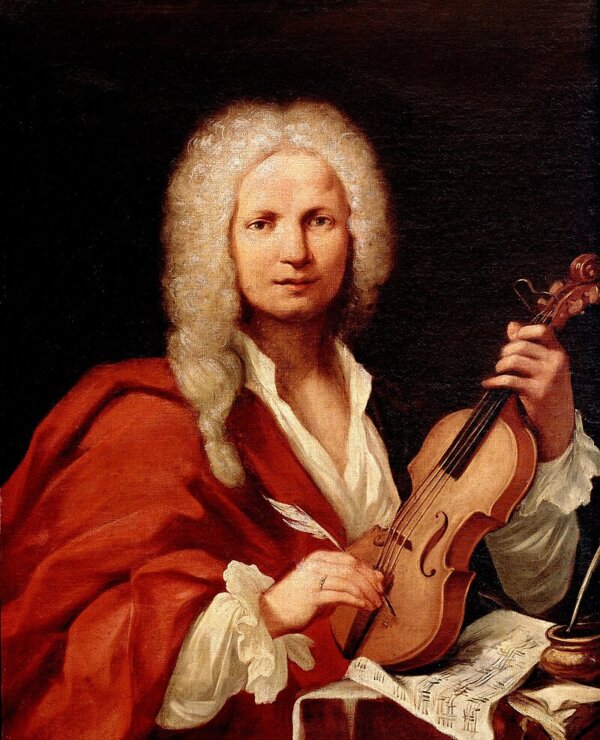
At that time, Venice was the opera capital of the world and a destination for music enthusiasts. European tourists crowded into the Pietà chapel every Sunday and holiday to enjoy the performance of the “coro” orchestra. Impressed by this orchestra, French politician Charles de Brosses wrote that they “performed on violin, flute, organ, oboe, cello, bassoon; In short, there is no instrument loud enough to frighten them!” Another visitor described the girls as being “placed in a gallery above” the chapel and hidden from view “by an iron latticework fence.” Tourists talk about the girls’ habit of dressing modestly, exposing their necks and shoulders, which they consider indecent. One stunned audience member compared the girls’ dress to “the Roman costumes of our actresses.” Rousseau—the orphanage’s sponsor as mentioned earlier—described feeling “thrilled by love” when invited to have a snack with them once, even though many of the girls were “disabled” by a Number of previous illnesses.
Since the girls don’t have last names, they are called by the name of their favorite musical instrument or type of voice. Miss Anna Maria mastered more than half a dozen musical instruments, and existing documents about her bear all the families of those instruments. However, she is best known for her most familiar instrument: “Anna Maria dal Violin” (Anna Maria Violin).
Composer Antonio Vivaldi personally trained her. Music teachers had a precarious position at Pietà and were often let go after a female student was qualified enough to take on the responsibility. But Vivaldi, as musical director, had a stronger position . He also conducted orchestras and led performances of his works. Although he composed for all genres of music, he is best remembered for his concertos.
Concerto genre
Composer Vivaldi more or less invented the concerto form as we know it today. Although there were other contributors, such as Mr. Tomaso Albinoni, “the red-haired priest” (a name derived from his curly red hair) did the most to establish the framework of the genre. This.
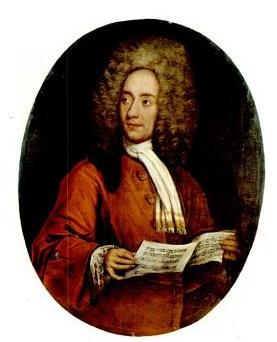
Composer Vivaldi came up with three innovations. First, he established the standard three-movement structure for the concerto genre: a fast opening and closing section, punctuated by a slow middle section. Second, he assigned more prominent roles to individual musicians in the orchestra. Tailoring his compositions to his students’ skills, he wrote solos of unprecedented difficulty up to that time.
Third, composer Vivaldi developed the form “ritornello.” Literally meaning “the little thing that returns,” ritornello is when a musical passage is repeated by the orchestra while a soloist displays spectacular displays of skill between these repetitions. Electric guitar players in today’s rock bands, such as musician Eddie Van Halen, have continued this tradition almost intact — largely without knowing that it is the legacy of composer Vivaldi.
Composer Vivaldi wrote about thirty violin concertos for Anna Maria. Some of them have her name in the title. In two less famous works, RV 393 and RV 397, he cleverly concealed her identity. These works are inscribed with the word “amore” (love) but are spelled “AMore’ — referring to Anna Maria. (As an ordained priest, his feelings for her were pure.)
The red-haired priest left the Pietà Orphanage in 1740 after many years of persistent enmity with its administrators. (His erratic personality made him enemies, who sometimes voted against reappointing him as director.) He died the following year, in poverty. However, Miss Anna Maria remained at the orphanage and achieved many successes for another 40 years. She rose to become a teacher, and visitors flocked to see Pietà’s Maestra Anna Maria (Violin Teacher) perform brilliantly until her death at the age of 86. . Her life has enjoyed renewed interest in recent years, inspiring many works of fiction.
‘New’ compositions
A handwritten manuscript called “Anna Maria’s Partbook” still survives, containing solo violin parts for 31 concertos. Of the 26 pieces composed by composer Vivaldi, 20 also appear in other sources. The remaining six are incomplete, meaning that these violin solos are all that remains from the original concertos.
Until recently, Italian conductor, composer, and musicologist Federico Maria Sardelli reconstructed these concertos. How could he do this? Essentially, Vivaldi was an industrious (and overworked) composer who reused a significant portion [elements or musical passages] from his own works. By cross-referencing various sources from the period, Mr. Sardelli’s reconstructions closely resemble how these six concertos were originally performed.
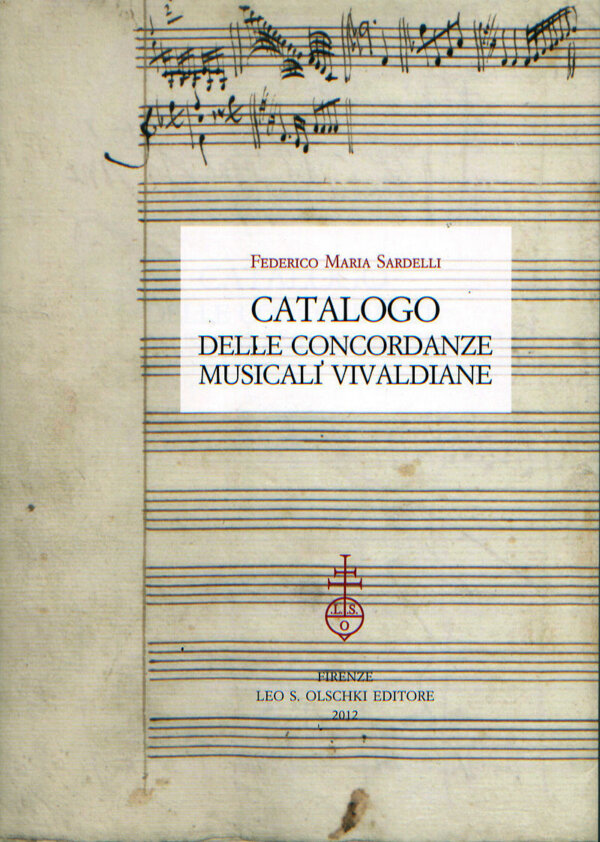
Now we can listen to these “new” pieces by composer Vivaldi for the first time in three centuries. Conductor Sardelli, who leads an orchestra of leading Baroque musicians including violinist Federico Guglielmo, has released a recording titled “Lost Concertos for Anna Maria.” for the lost Anna Maria).
The opening track, RV 772, is perhaps the best part of this recording. Because composer Vivaldi frequently reused his works, the orchestral ritornello has many similarities with other works. However, the solo performed by Ms. Anna Maria initially stood out and provided a very enjoyable music experience. In particular, the very slow second movement (“grave”) displays the poetic lyricism that made Vivaldi famous. As we listen, we can almost imagine the image of Anna Maria dressed in a white outfit that caused a stir among tourists, playing the bow while the audience below strained to catch a glimpse of her through the pictures. Iron mesh of the Pietà chapel corridor.
